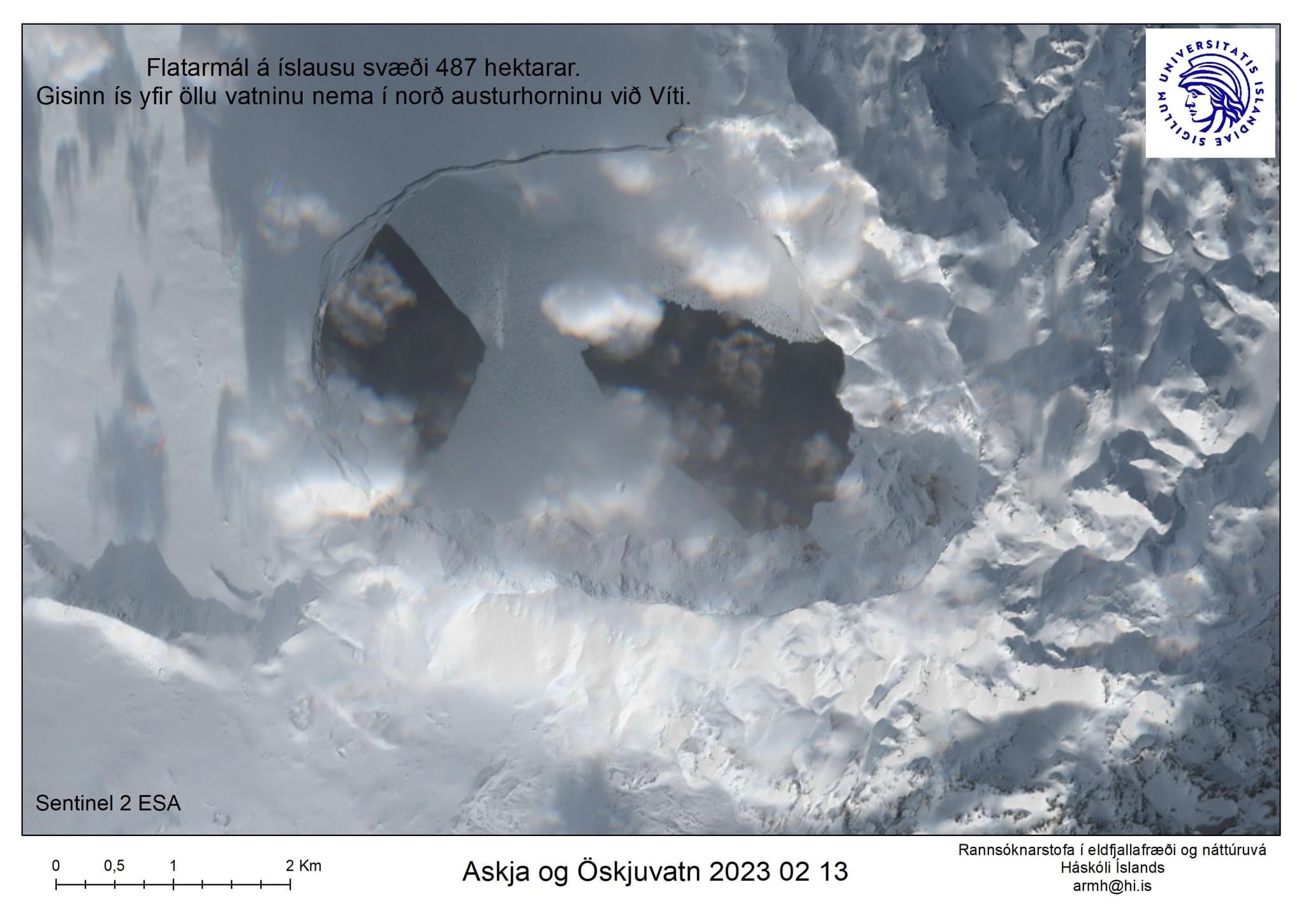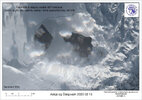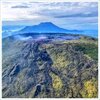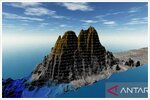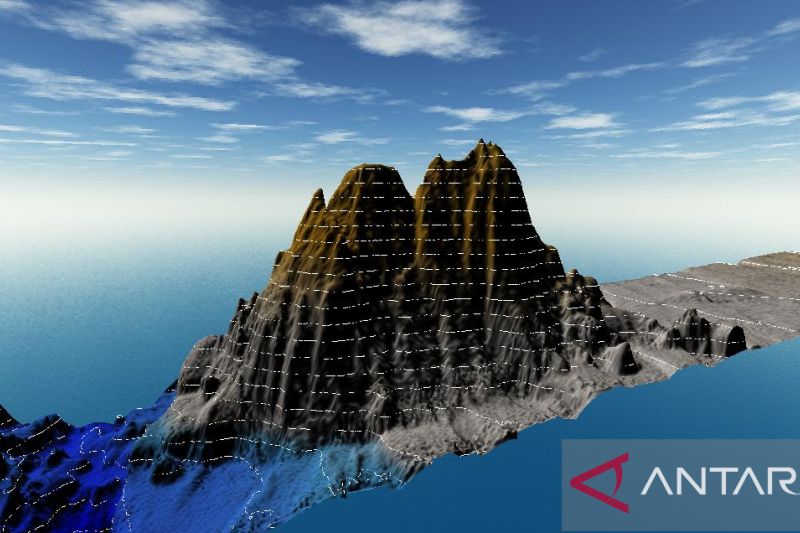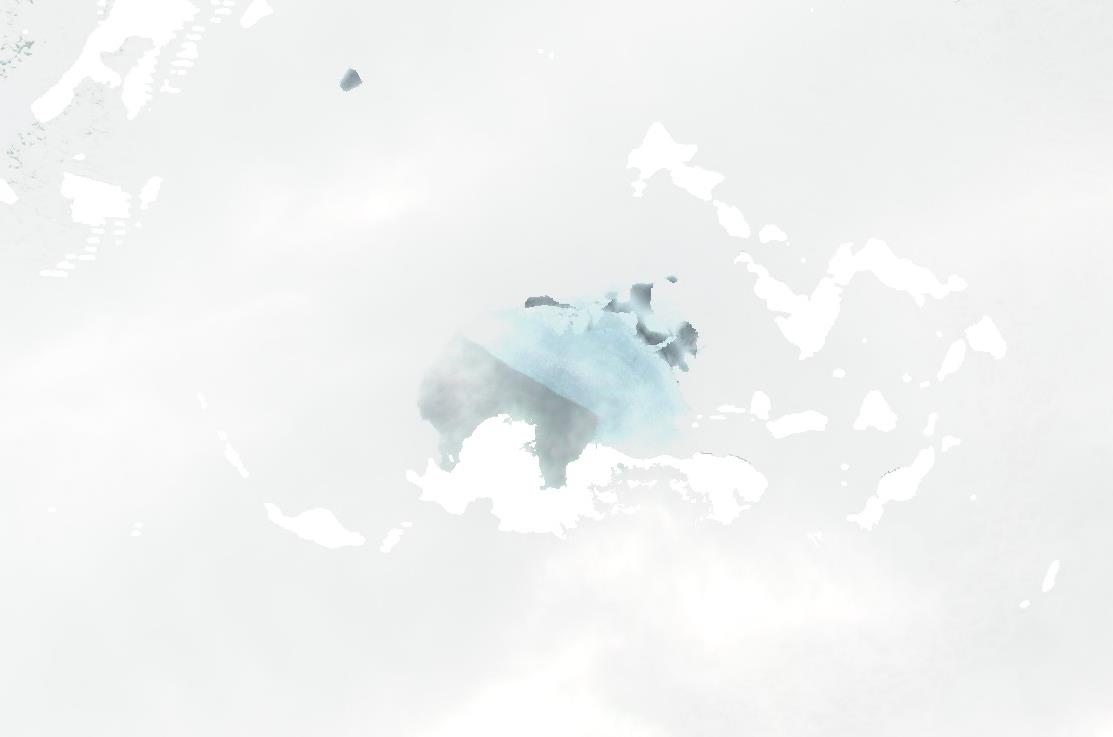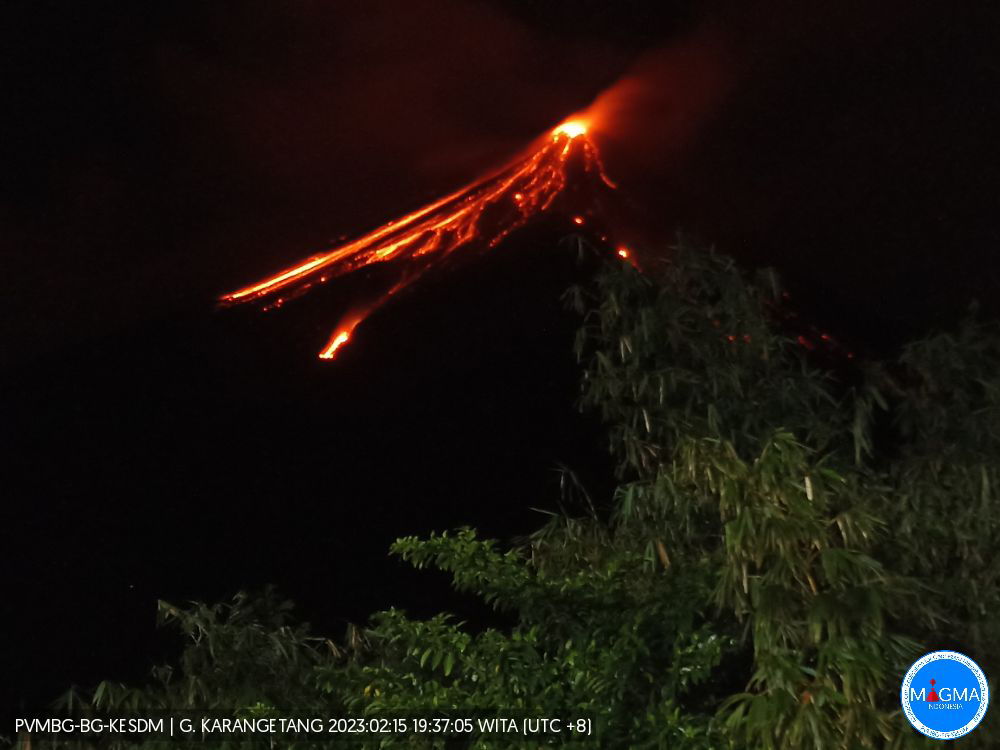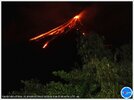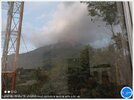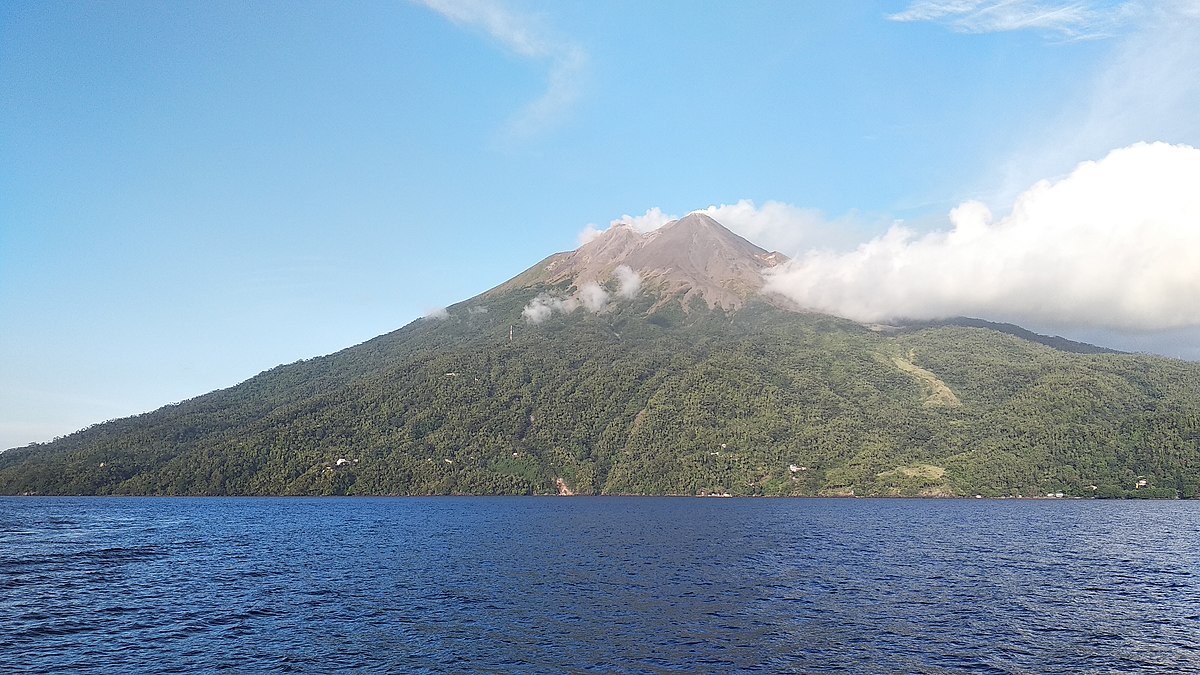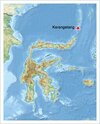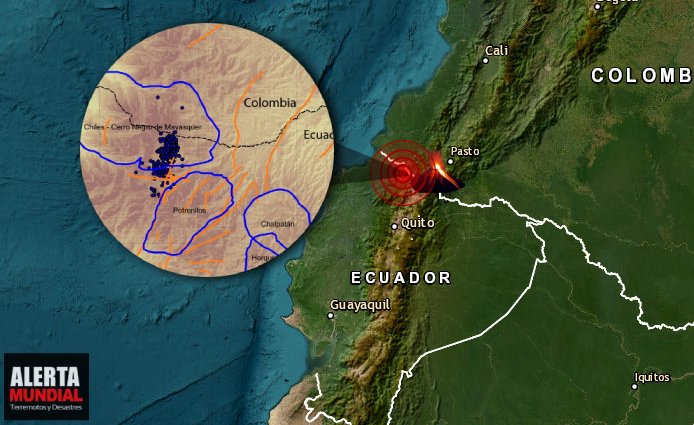On March 11, 354 years ago, the largest and most important lateral eruption ever to occur on #Etna in historical times was about to begin. It was an almost volcanologically and culturally watershed event for the Etna region.

The eruption was preceded by a full-bodied and intense seismic sequence that affected the slopes of the volcano since February. This sequence peaked on the night of March 10-11, that is, a few hours before the eruption began. 2/10
At 4:30 p.m. on the same day, as many as five different eruptive fractures began to open between 950 and 700 meters above sea level on the volcano's southern flank. Among them, the most important and active was the one located on the outskirts of the town of Nicolosi. 3/10
As the months passed, the main mouth of this third fracture generated a fallout of volcanic material so important that it formed a large cone of slag that we can still admire today: the Red Mountains. 4/10
Within four months, the eruption of 1669 ejected more than 600 million cubic meters of lava, 66 of which can be attributed to the pyroclastic material (ash, lapilli and scoriae) that fell over a large area of the Etna area. 5/10
These 600 million cubic meters of lava covered an area of about 40 square kilometers and allowed the formation of the longest lava flow ever produced by Etna in the last 15,000 years: an impressive 17 kilometers. 6/10
As the months passed, the various lava flows fed during the eruption overwhelmed and destroyed numerous towns such as Belpasso, Mompilieri, San Pietro Clarenza, Camporotondo Etneo, San Giovanni Galermo, and Misterbianco. 7/10
Due to the formation of several lava tunnels, during April one of the flows slowly reached the western part of the city walls of Catania. 8/10
Because of some arrangements, however, the bulk of the lava flow was diverted toward the coast, where it swept over and buried several Roman structures such as the Circus Maximus and the Naumachia. 9/10
The lava that poured into the sea formed a delta about 1.5 km long that caused an expansion of the coastline by more than 800 meters. The eruption then ended on July 11 after four long months of intense and persistent activity. 10/10
 volcano activity in Sitaro district, North Sulawesi province
volcano activity in Sitaro district, North Sulawesi province
